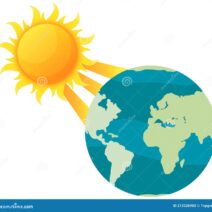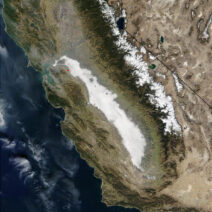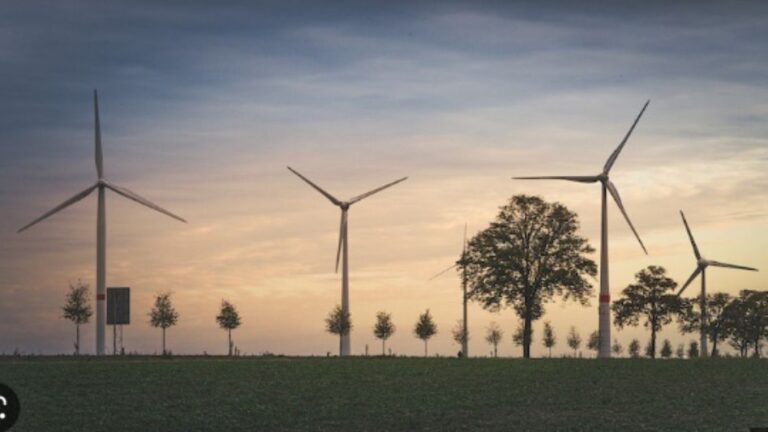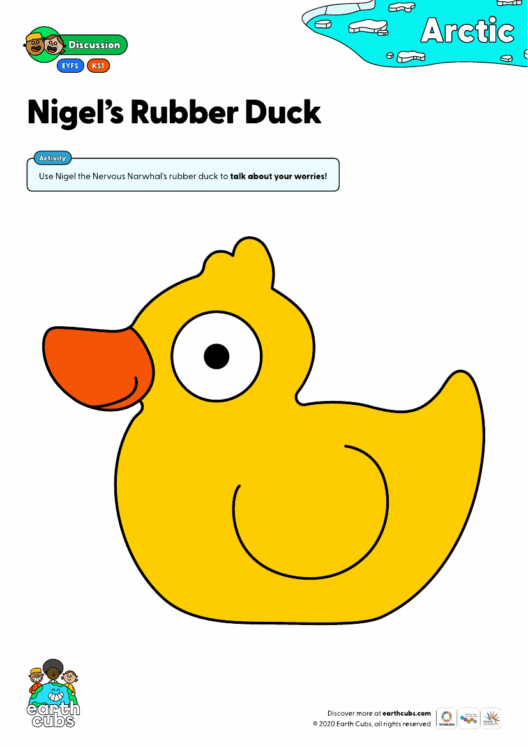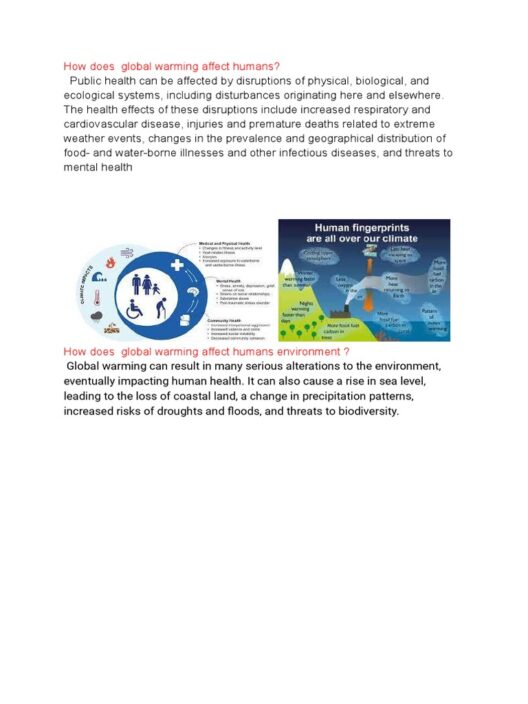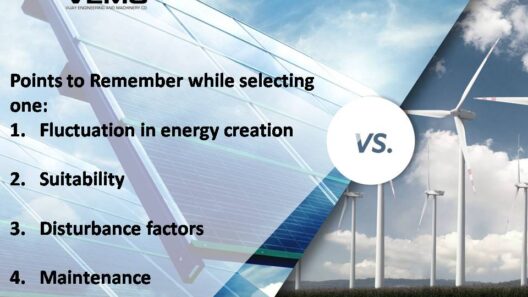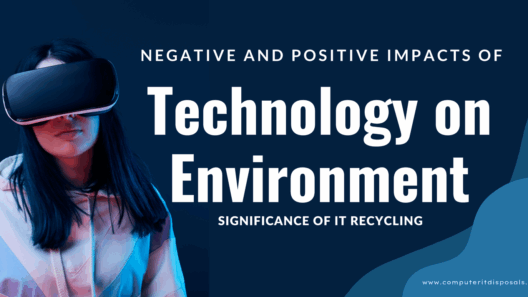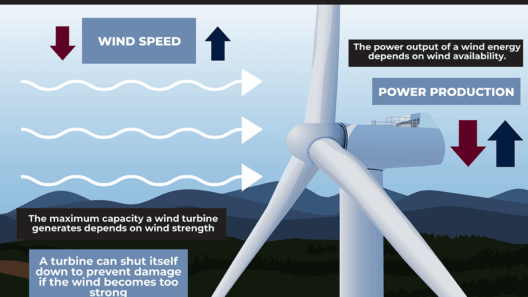Wind energy, often heralded as a paragon of sustainable power generation, illuminates the path toward a cleaner future. However, beneath the vibrant façade lies a tapestry woven with challenges and limitations that merit scrutiny. This exploration aims to unearth the less glamorous aspects of wind energy, revealing the complex narrative of its implementation and impact.
Nature, while alluring, is capricious. The heart of wind energy’s Achilles’ heel rests in the very unpredictability of the wind itself. Unlike fossil fuels, which can be combusted at will, wind turbines are entirely at the mercy of atmospheric whims. This intermittency raises questions about the reliability of wind energy as a primary power source.
Wind does not blow uniformly. Variability in wind patterns, often dictated by geographical and meteorological factors, results in a fluctuating energy output. For instance, during summer months or stagnant weather conditions, the energy generated can diminish drastically. This inconsistency necessitates supplementary energy sources or battery storage systems, which can be economically burdensome and counterproductive, undermining the very goal of reduced carbon emissions. In situations where demand peaks yet supply wanes, reliance on non-renewable backup generators still beckons, thereby muddying the waters of environmental benefit.
Moreover, consider the cognitive dissonance of vast landscapes transformed by wind farms. While they can often signify a commitment to renewable energy, they can also clash with natural beauty and wildlife integrity. In numerous instances, the assembly of towering wind turbines has led to significant ecological disruption.
Birds and bats, creatures that inhabit the skies, face peril as they navigate through fields of spinning blades. Various studies indicate that thousands of birds are killed each year as a result of collisions with turbine blades. This impact reverberates through ecosystems, striking a discordant note in harmony with nature’s symphony. The environmental cost, therefore, is not just a calculation of carbon offsets but also an accounting of biodiversity loss.
Additionally, there is an unrelenting conversation regarding the land use required for wind energy’s infrastructure. The establishment of wind farms necessitates large tracts of land, often leading to land-use conflicts. These developments can displace local communities, appropriate agricultural land, and intrude upon traditional landscapes, igniting resistance among those who cherish these spaces. The visual impact of numerous turbines strung across serene vistas can be viewed as an ‘industrialization’ of previously pristine environments, altering not just the aesthetic appeal but also the local cultures intertwined with those landscapes.
The manufacturing, transportation, and installation processes of wind turbines also present their own set of complications. The crafting of these modern-day giants typically relies on materials like steel and concrete—profoundly resource-intensive and energy-consuming to produce. The mining for rare earth elements required for high-efficiency turbines introduces another layer of environmental strain, as it often leads to water contamination and habitat destruction in extraction locations. Thus, while wind energy may offer an alternative to fossil fuels, the lifecycle of wind turbines does not exist in a vacuum; its ecological footprints are multi-dimensional and complex.
Another often overlooked issue is the noise pollution generated by wind farms. The whoosh of blades slicing through the air may not be melodious to all ears. Residents living in proximity to wind installations have reported disruptions to their daily lives, linking wind turbine operation with sleep disturbances, stress, and an overall decline in their quality of life. The notion of tranquility in rural areas can be diminished, leading to societal discord and dissatisfaction as communities grapple with the implications of their investment in renewable energy.
Lastly, there is a financial dimension to consider. The initial investment for wind energy projects can be staggering. While operational costs are generally lower, the capital for construction often comes from public funds or private investments with anticipation of future returns. In a market saturated with fluctuating energy prices, the economic viability of wind energy projects can be precarious. Subsidies, while beneficial for growth, can strain government budgets, and in time, the social acceptability of these subsidies may wane as public awareness of their costs increases.
In conclusion, while wind energy trails behind a banner of sustainability, it is crucial to understand the nuanced challenges inherent in its deployment. From unpredictable energy generation to ecological ramifications and societal impacts, the promising allure of wind power must be critically examined. The winds of change may indeed blow favorably towards renewable sources, yet the journey towards a truly sustainable energy future requires transparency, innovation, and a willingness to engage deeply with its multifaceted implications. Only through such exploration can we hope to harness the unpredictability of wind not just as power, but as a responsible steward of the planet.
